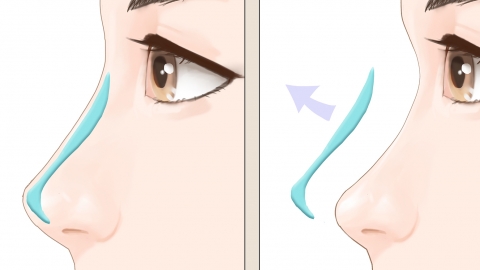Will the nose become crooked if I apply pressure after rhinoplasty?
Generally, rhinoplasty refers to nasal plastic surgery, such as rib cartilage nasal augmentation, expanded polytetrafluoroethylene (ePTFE) nasal implant, and silicone nasal implant procedures. These surgeries mainly involve augmenting the external nose by implanting autologous tissue, allogeneic tissue, or synthetic substitutes to improve nasal appearance. The general reference price for these procedures ranges from 5,000 to 50,000 yuan per session, with visible improvement typically noticeable within 7–15 days. Possible postoperative symptoms may include pain and swelling. Whether the nose might deviate with force primarily depends on the intensity of the force applied. Mild force generally does not cause deviation, but significant force might lead to displacement. If any discomfort occurs, timely medical consultation is recommended. Detailed explanation is as follows:

If only mild movement occurs after rhinoplasty and the force applied is gentle without directly affecting the nasal area, it generally does not significantly impact the implanted material, making deformation or displacement unlikely. Nasal augmentation procedures typically use stable materials for implantation to achieve structural support. These materials integrate with surrounding tissues after placement and are generally resistant to displacement.
However, if considerable force is applied after rhinoplasty, such as from external trauma like a car accident or fall, the stability of the implant might be affected, potentially causing implant displacement or deformation, which could lead to a deviated nose. In such cases, the implant should be removed under medical guidance followed by re-implantation to ensure stability.
In addition, premature removal of nasal splints or excessive pressure on the nose may also cause nasal deformation. Therefore, proper postoperative care is essential, including regular observation and follow-up visits for timely and targeted intervention if necessary.





